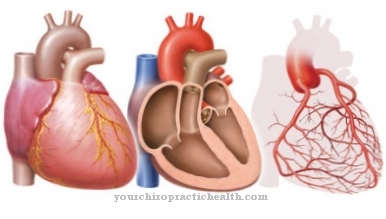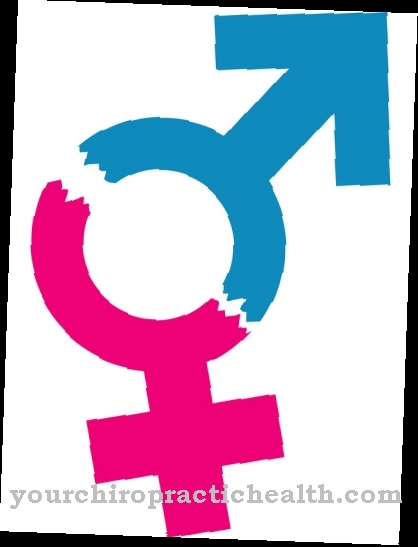The medical term Contracture goes back to the Latin word "contrahere" and means "to contract". A contracture occurs when tissue, such as muscles, ligaments, and tendons, contracts. Shrunken areas of skin due to burns and scarring near the joints can also affect the mobility of the joints. These complaints can be irreversible (incurable) or reversible (curable).
What is the contracture?

A contracture is a shortening of tendons, muscles, ligaments and fasciae (soft tissue covering) that occurs during wound healing. Individual pieces of tissue near the joints, such as shrunken skin after burns and scarring, can be affected by a contracture.
People with a contracture may have difficulty moving the affected joints. The movements can be passive as well as active and sometimes cause pain. In the worst case, these restrictions and complaints can lead to the stiffening of the joints.
Contractures are classified according to joint position and tissue damage. Compulsive relieving postures due to persistent pain are also possible.
Function & task
Contractures occur when joints are permanently restricted in their movement due to shortened or shrunken muscles, tendons, ligaments, joint capsules and adhesions in the vicinity of the joint surfaces. The symptoms can be mild to severe. If the contraction is counteracted at an early stage, it is reversible (curable) through appropriate therapeutic measures, for example physiotherapy. In the worst case, however, it is irreversible, i.e. not reversible. The affected joint remains stiff.
The most common causes are long bed rest in long-term illnesses, incorrect positioning, neurotic (compulsive) relieving posture in chronic pain, joint inflammation, rheumatism and nerve diseases. The main complaints are pain, immobility, inharmonious movements and a general inability to move the contracted part of the body.
Joint contractures most often arise in a "predicament" that the patient cannot influence himself. This situation occurs in many cases during prolonged immobility in the case of long-term illnesses that cause paralysis (e.g. stroke) or after an operation. The most common care mistake is positioning the patient incorrectly when he is restrained.
Elderly people are also affected by contractions when they cannot move enough in hospital after an operation or in a nursing home and spend long periods of time in bed.
Shrunken tissue, for example extensive skin burns and the subsequent scarring, can also cause a contraction. Many patients suffer from flexion contractures. An example is the squat contracture. In healthy people, the flexor and extensor muscles are in a harmonious relationship to one another. In patients with flexor contracture, the flexor muscles dominate the extensor muscles.She is no longer able to counteract the flexor muscles in a balancing way. The joint remains partially or completely in the flexed position. Camptodactyly (hyperextension of a finger) is a common example of flexion contracture.
The symptoms can also occur the other way around, if the extensor muscles dominate the flexor muscles. It permanently cramps and causes a loss of movement or a stiffening of the contracted joint due to the constant extension posture. Adduction contractures are common as a sports injury. The patient can no longer bring the contracted body part to his body. With an abduction contracture, the patient is no longer able to move the affected part of the body laterally away from the body.
Illnesses & ailments
The clinical appearance of the contractures is accompanied by typical complaints and symptoms. The diagnosis is accordingly simple and leads through the active and passive restrictions of movement, which often cause pain and restrict joint function. Often all movement levels of the joint are affected, the whole functional picture appears inharmonious.
The symptoms and symptoms can vary in severity. Some patients only suffer from a slight dysfunction, others are affected by stiff joints with associated constrained posture. Contractures can affect any joint, but they mainly occur in the large joint groups such as the shoulders, hips, knee joints, and elbows.
After the diagnosis, a nursing history is drawn up and then contraction prophylaxis is designed. It is particularly necessary for patients who are immobilized in bed for a long period of time, for example in the event of a stroke or after an accident. They must be stored in a physiological position to avoid bedsores, pressure sores and skin inflammation. Too soft a support prevents an orderly sequence of self-movements. In this case, pressure ulcer prophylaxis is also necessary. Prompt mobilization is also necessary for patients after an operation to avoid contractions.
In addition to the nursing staff, relatives can also help with active or passive joint movements. Relieving postures can be avoided with pain medication. Physiotherapy is helpful for patients with mild contracture symptoms.












.jpg)



.jpg)










.jpg)
